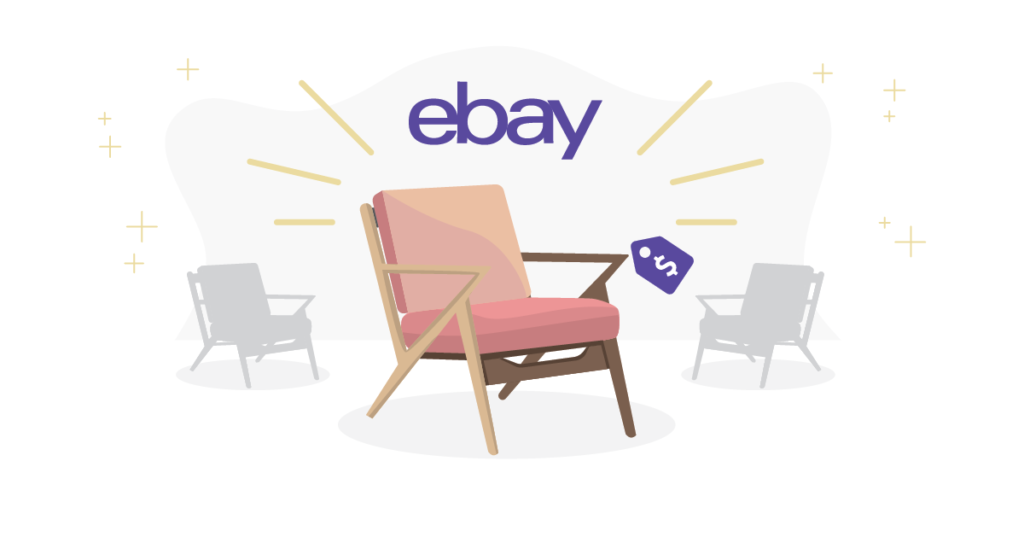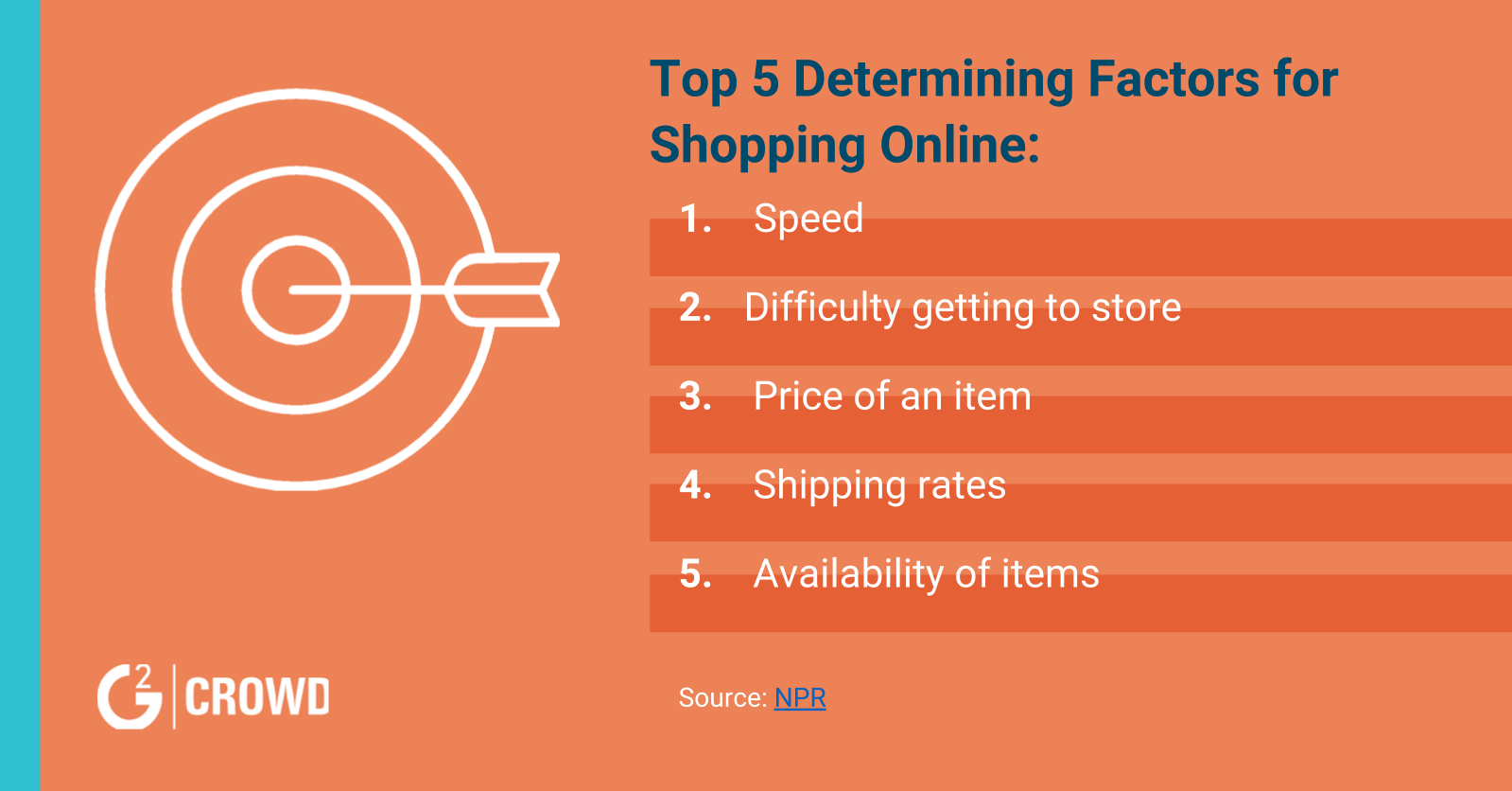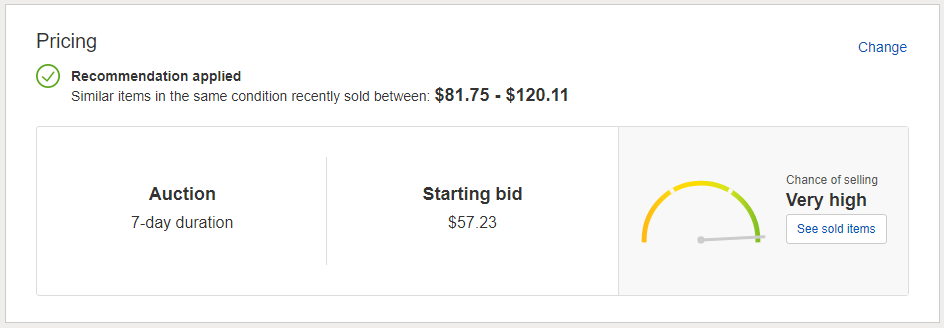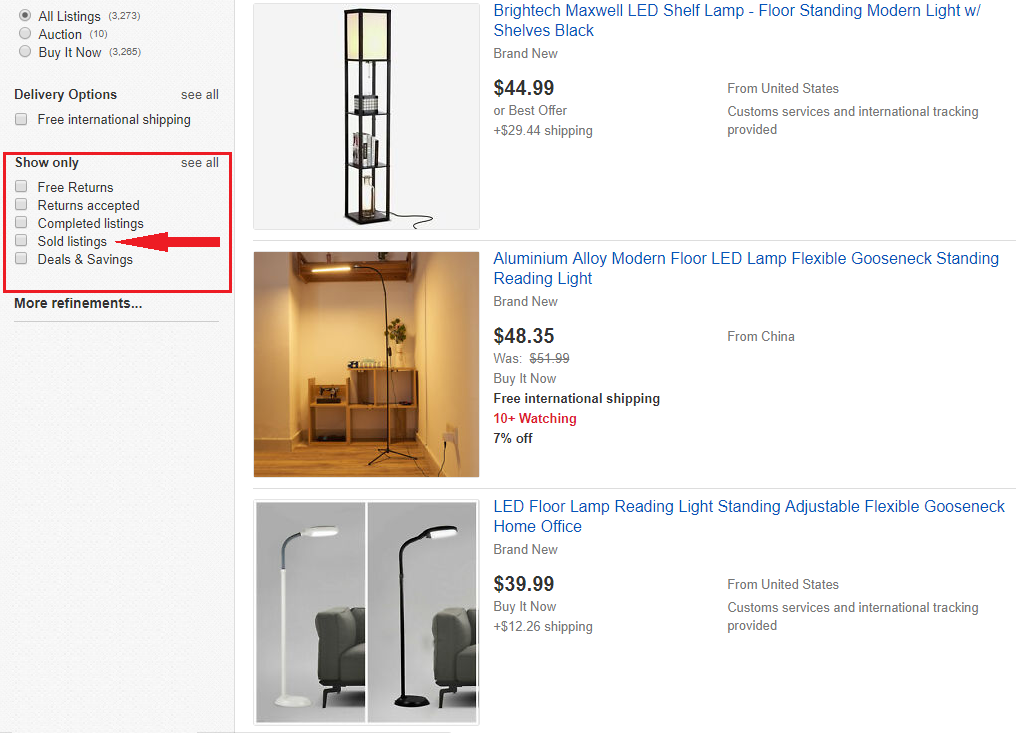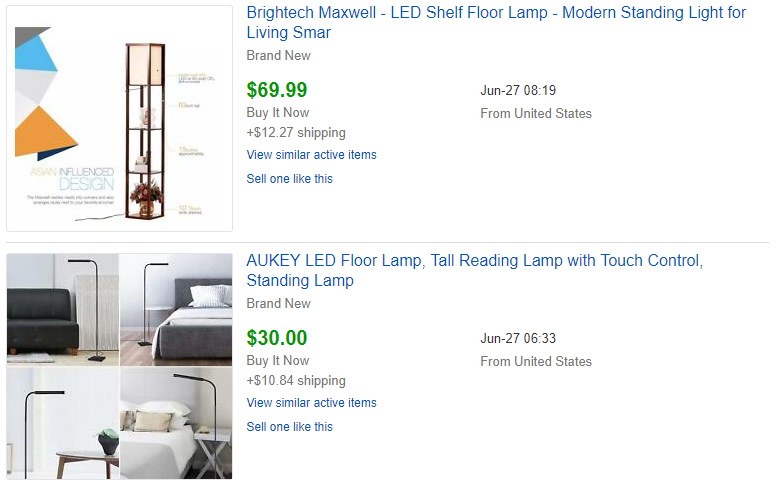If you’re selling on eBay for the first time, setting up new listings and optimizing them for sales can be a daunting task. Product images have to be attractive and stand out, and your descriptions have to speak to the solutions and benefits that matter to your audience. On top of that, your pricing has to be competitive so that your products have a fair chance of selling.
Creating new listings is a lot to manage, but of the three factors mentioned above, coming up with the right eBay pricing is the most stressful. You’re in business to make money, but you don’t want your prices to be so high that they scare off shoppers. On the flip side, you don’t want your pricing to be so low it makes shoppers question the quality of your products.
Many shoppers make buying decisions based on price, so it’s important that your listings be priced right. Here’s what you need to know about setting your pricing.
Why eBay pricing is hard
Before we get into how to price your products, let’s first look at why getting it right is so important. At its core, pricing is an indication of the value you place on your products. As a seller, it’s your job to find the right balance between high premium prices and low budget-friendly prices.
Figuring out the right prices for your products is important because it determines the likelihood of people buying from you:
[Source] Pricing is one of the top five factors that influence sales.
Compared with other factors that attract shoppers — like your advertising, promotional offers, and social media campaigns — pricing has the biggest impact on profits. Improving pricing by just 1% has been shown to increase profits by 11.1%.
It’s not enough to arbitrarily set prices based on how much money you want to make or on your best guess of what shoppers will pay. Pricing is more strategic than that because your eBay pricing has to reflect your product value. To get started, do some research to figure out how high your prices can be to close enough sales to be profitable.
The good news is that eBay supports new sellers by offering three methods to research pricing before setting the final price. Keep reading to find out how each one works.
1. Use eBay’s pricing recommendations to start.
When you first start selling on an ecommerce platform, the first thing you’ll notice is the sheer number of competitors and products available online. Even if you were able to find every product like yours, it would take time to figure out how to price your products compared to competitors’.
To save you time, eBay offers a pricing recommendations tool. Use it as a starting point to help find the average price that products like yours sell for.
When you enter a new listing and enter product specifications, listing type — like fixed-price or auction — and the price, eBay shows you a pricing recommendation:
[Source]
eBay shows you a price range, which gives you an option to decide on a final price for your products. There’s also a graph included in the recommendation that highlights the likelihood of selling within this suggested price range. You can adjust your listing details and review how this changes your chances of selling your products. Plus, the “See sold items” feature means that you can see which similar products sold within this price range. This insight reinforces the likelihood of closing a sale.
To help you test whether the prices you’ve settled on are optimal, eBay makes additional recommendations based on five different types of prices:
- binPrice: The recommended price for fixed-price and auction listings
- binPriceRange: The recommended price range for fixed-price and auction listings
- listingType: The recommended listing type — for example, fixed-price or auction
- startPrice: The recommended starting bid for auction listings
- startPriceRange: The recommended starting-bid range for auction listings
Depending on whether you’re using fixed-price or auction pricing (we’ll talk about these types more shortly) you can see which product listings can benefit from a price adjustment. This eBay pricing feature also helps make sure you qualify to be flagged as a top-rated seller — your prices are midrange and appear at the top of eBay search results. This, in turn, improves your chances of closing more sales because shoppers regard your products as high quality.
This listing recommendations tool is available only on the US, UK, and DE sites.
2. Use similar listings as a pricing guide.
Another option when deciding how to price your products is to check how much similar products sold for on eBay. Use this pricing information as a guide to selling your own products.
If you sell household accessories, like lamps, use the advanced search feature to filter results by keywords:
If you want to find specific products, add in details like price range, product condition, and shipping options. That way, you’re comparing your prices to products that are the most similar to yours. By getting as specific as possible, you have a better chance of figuring out what prices shoppers respond to.
Once you’ve added your search criteria, click “Search” to view the results. Scroll to the bottom of the results page to find the “Show only” section:
Click on “Sold listings” to see which products sold recently, for how much, and when, and to see their condition.
You can filter even more from here to find specific products. For example, depending on the products you’re searching, add filters for color, type, or style. When you find products that are the most similar to yours, use the “Sell one like this” option to create similar listings:
You don’t have to use the same price as your competitors. Instead, use their eBay pricing as a starting point to figure out what customers are willing to pay for products in different conditions, for shipping options, and more. If you price your products lower than the competition’s, use professional images to show product quality and reinforce value. If your prices are higher, make sure your description is written to sell. For example, use bullet points so the listing description is easy to scan, or list the most important features at the top of the listing.
3. Select a pricing strategy based on your listing format.
Pricing strategies differ based on the listing format you choose. While it makes sense to start low when you sell products by auction, this approach doesn’t work for all fixed-price listings. With fixed-price listings, it makes more sense to list at a higher price.
Before you set your pricing, decide which listing option you’ll use. Use an auction approach to sell unique products that are in high demand — for example, collectibles and antiques that don’t have to be sold fast. Use the fixed-price approach to list and sell products quickly.
Pricing strategies for each of these options differ slightly. What you choose depends on your products and your objectives:
Auction listings
The biggest advantage of auctions is that the market determines the sale price, not you. You can set the starting bid low to make sure your products get noticed, but from there, the sky’s the limit. When you create an auction listing, set a reserve price. This is the minimum amount that you’re willing to sell your product for.
If bidding closes and you don’t get your reserve price, you don’t have to sell the product. It’s possible that the reserve price was too high or it wasn’t the right time to sell it. Another option is to set a “Buy it now” price as a backup. Instead of waiting for bids to increase, you give shoppers a chance to buy your products at the list price.
Fixed-price listings
Based on your research, set your list price. If sales are slow, you can choose to include a “Best offer” option within your listings. This lets shoppers submit an offer of what they’re willing to pay for your products.
If this price is lower than expected, counter with a higher amount. You and the shopper can negotiate until you agree on a final sale price. If you find that you’re negotiating your prices a lot, consider changing them for future listings so they are in line with what people are willing to pay and can sell faster.
Best practices for eBay pricing
Once you’ve nailed down a pricing strategy, there are a few best practices to keep in mind to make sure your strategy is effective:
- Don’t low-ball pricing just to undercut the competition. Pricing is connected to perceived quality, so the lower your prices are compared with the competition, the less appealing your products look. Plus, lower prices mean you cut into your profits: Products sell for less than they’re worth, and eBay charges a final value fee of up to 12% for each item you sell.
- Incorporate expenses into pricing. Your eBay pricing should look at more than just making a profit. Make sure your pricing includes the cost of packaging, the products themselves, and the time spent. You spend a lot of time and money to get products to customers, so include these costs in the final sale price so you recoup them.
- Consider accepting negotiated prices. When you’re new to selling on eBay, it isn’t immediately clear what your audience is willing to pay. You’ll have to spend some time testing different options. During this early stage, include the “Best offer” option to attract shoppers interested in making deals. If you find that there’s a consistent price that shoppers are will to pay for certain products, consider using this value as your list price.
eBay pricing isn’t an exact science, but, as you can see, there’s a lot you can do to find a range customers are willing to pay. Plus, using these best practices gets you one step closer to becoming a top-rated seller. Fair pricing is important to eBay, and, over time, you can earn more traffic since eBay usually lists products in a similar price range at the top of search results.
eBay pricing grows with you
As a new seller, these strategies help make eBay pricing less daunting. Over time, you’ll learn more about your customers and incorporate this into your pricing. In addition to learning about customers’ product preferences, you’ll learn about their pricing preferences.
Remember, pricing is a big part of customers’ buying decisions, so don’t be afraid to change your pricing over time to meet your audience’s needs. Take the time to research and test your pricing to figure out what appeals to your shoppers. You’ll be happy you did.
